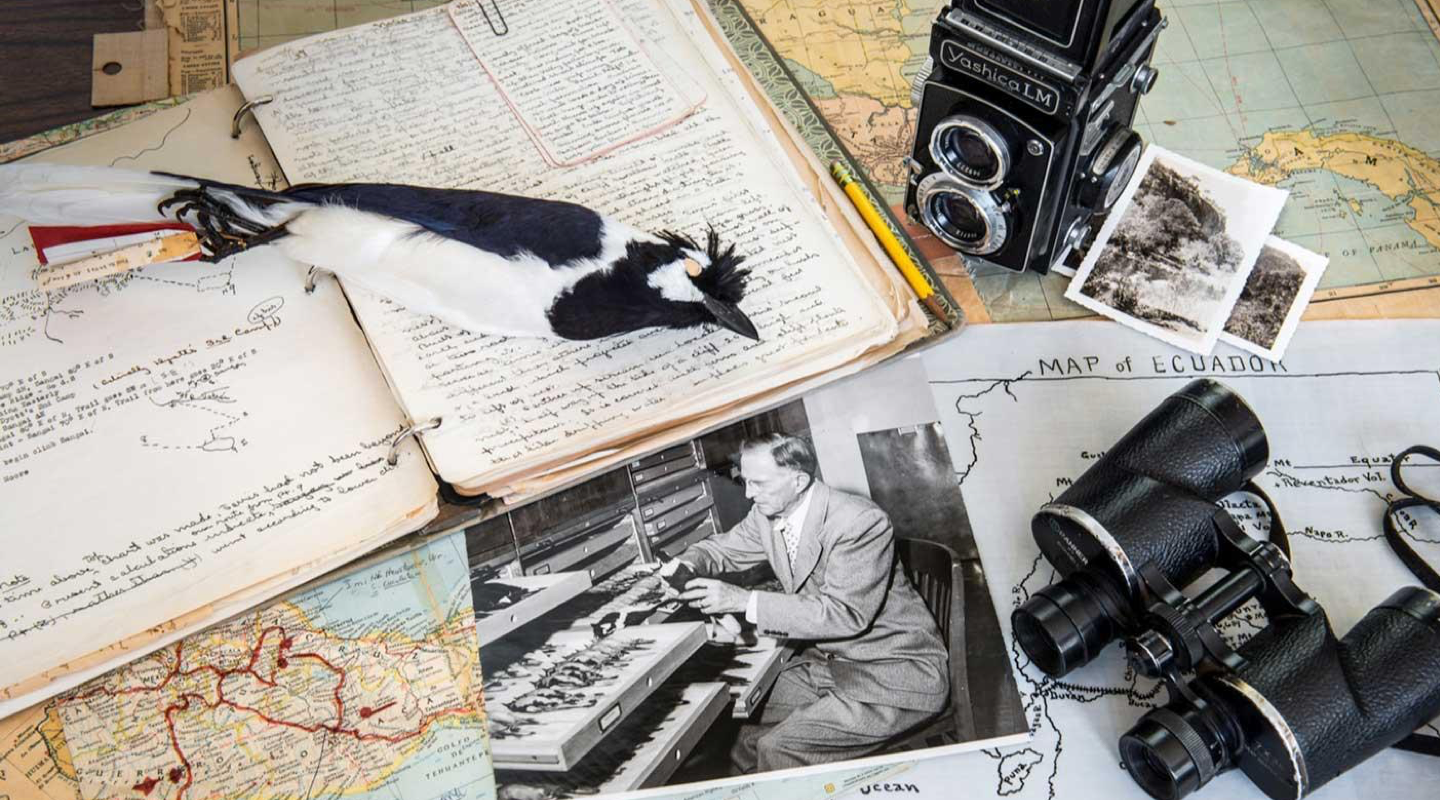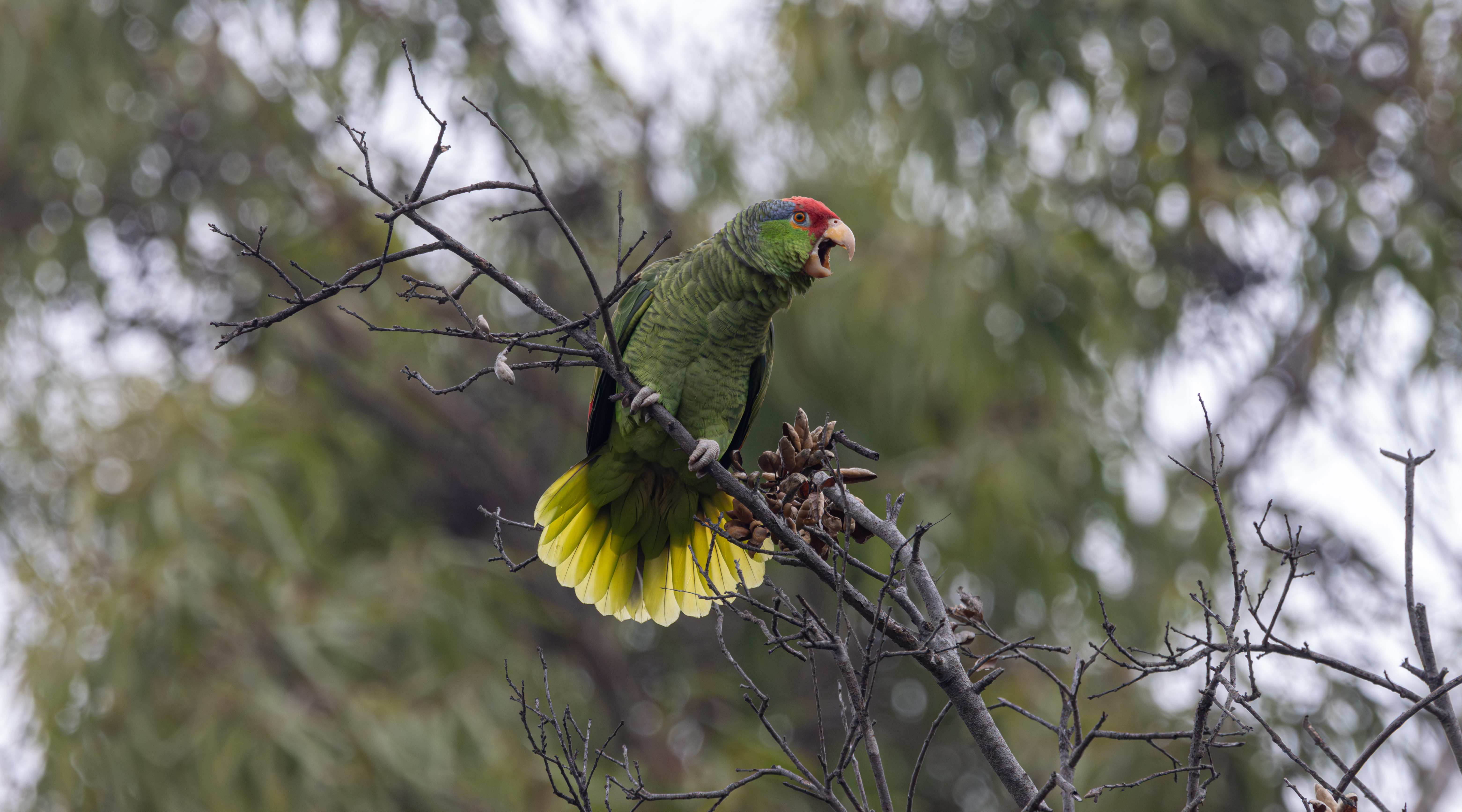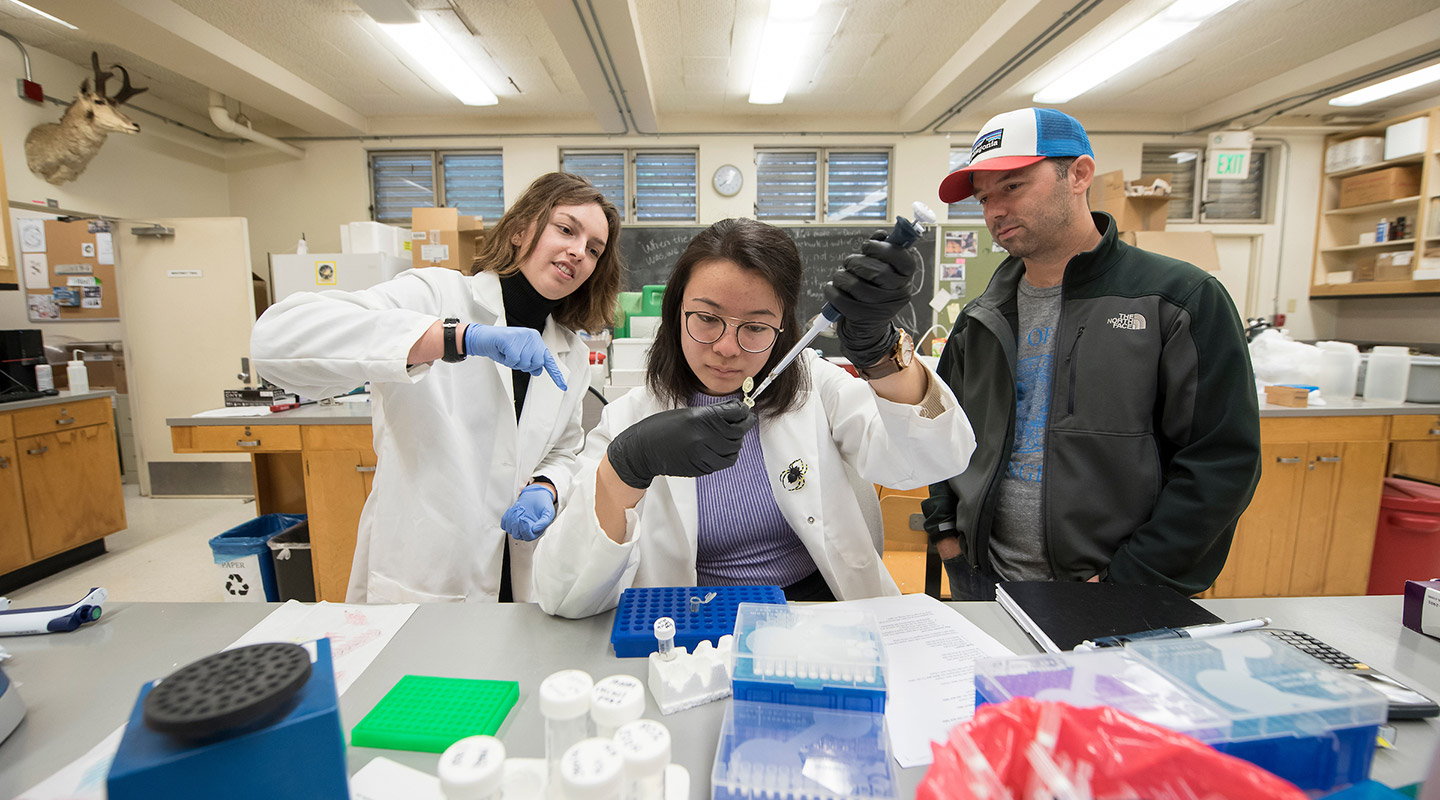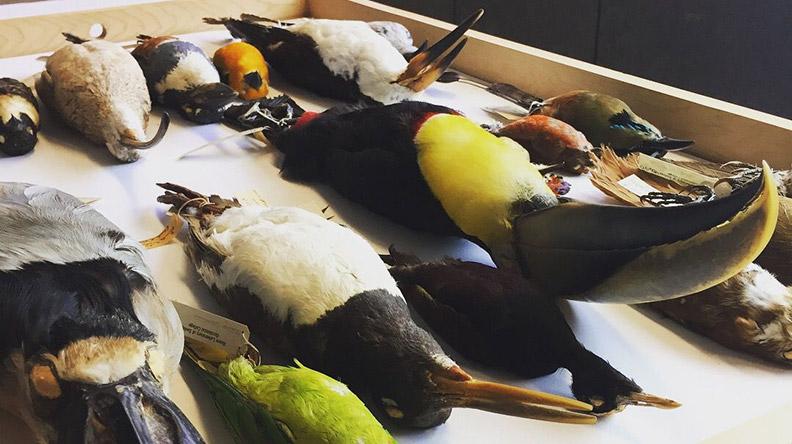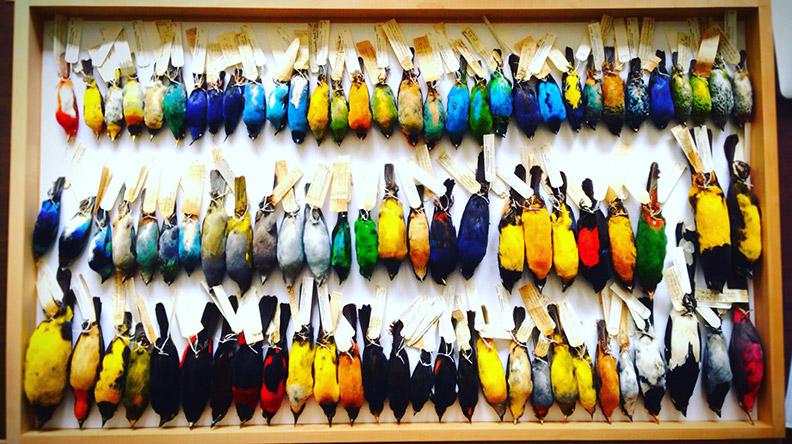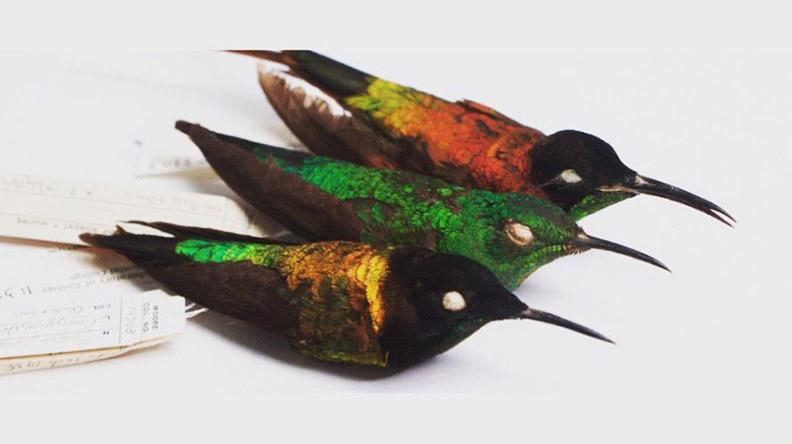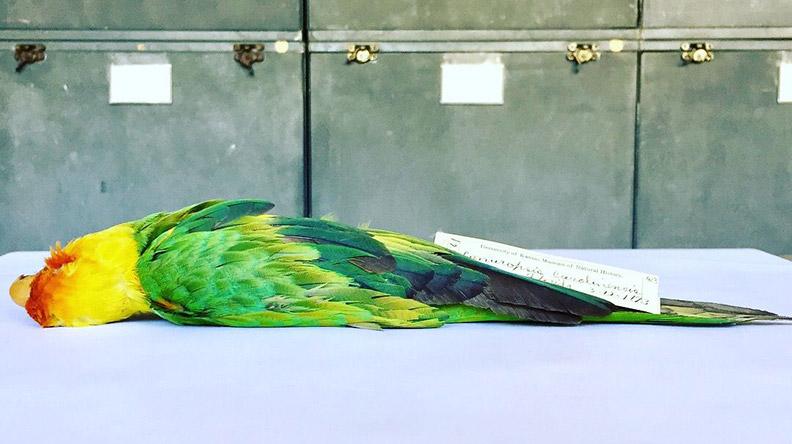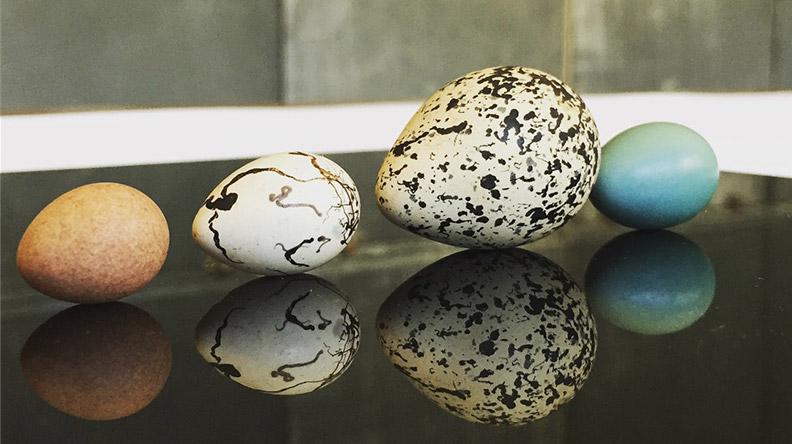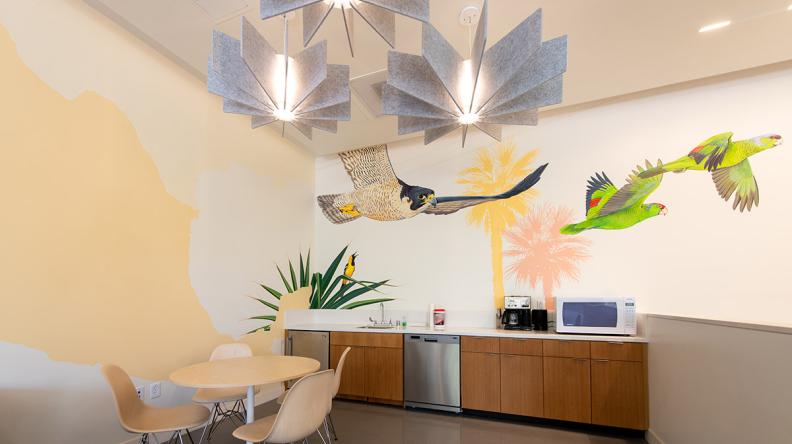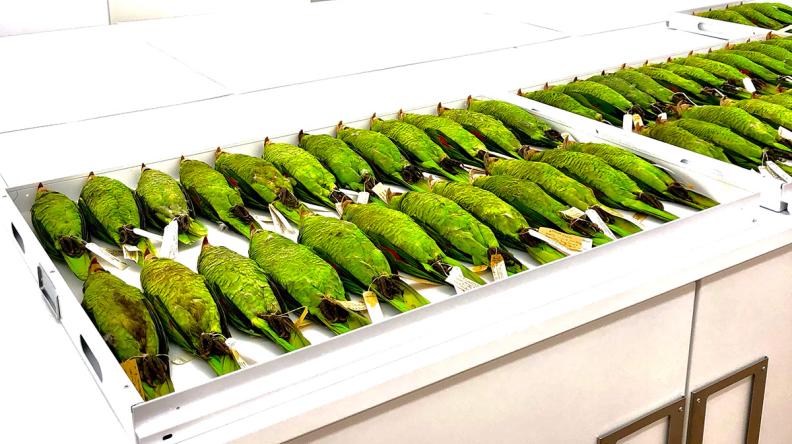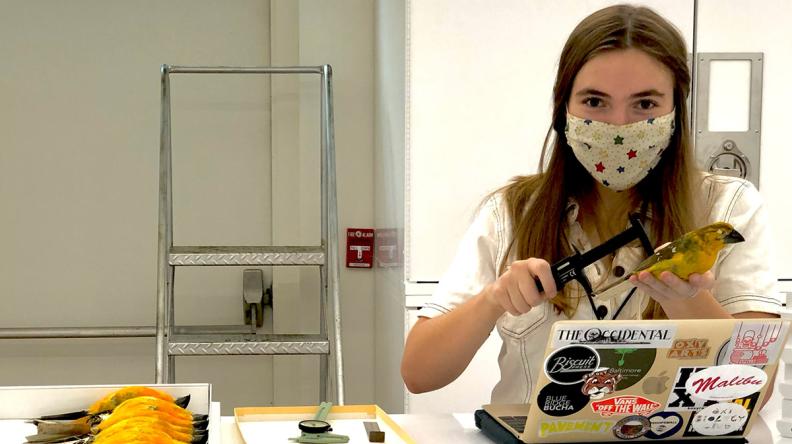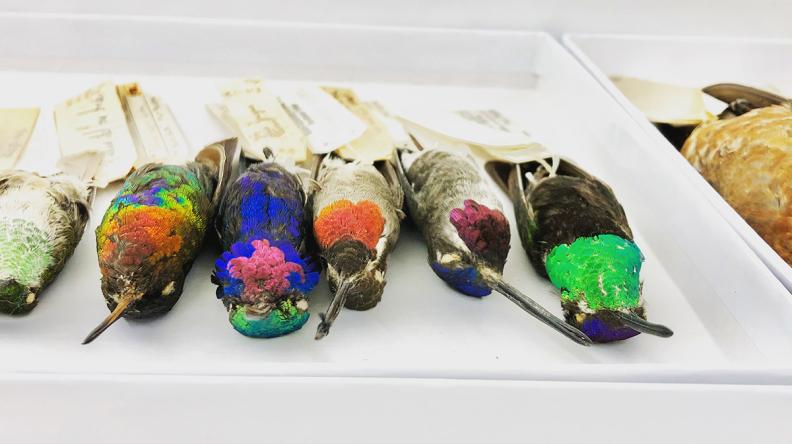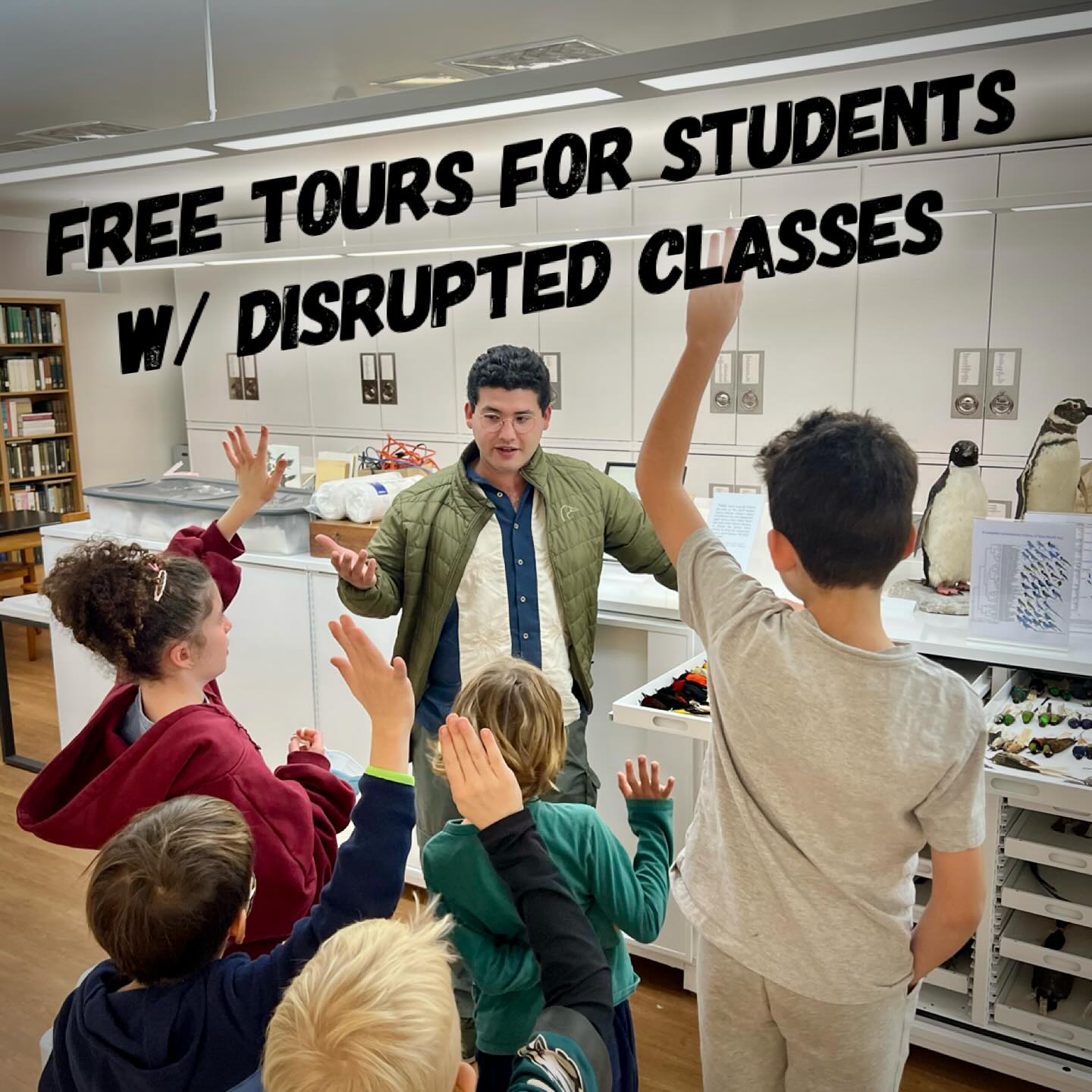Museums as training grounds
Museum collections are the training grounds for the next generation of biologists who will take on the biodiversity crisis with new skills and technologies. At the Moore Lab, we leverage an extensive historical collection of birds and mammals to understand how biodiversity got here and how best to conserve it in a changing world.
Buy Merch, Support Research
Virtual Tour
Stay Connected
Our Team
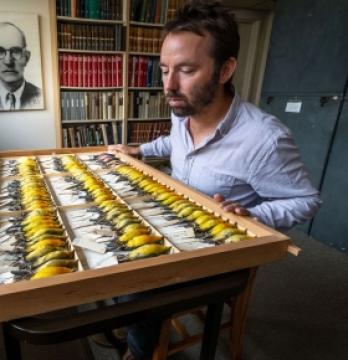
Dr. McCormack uses museum specimens and genomes to study the evolutionary history of birds, focusing especially on how both ancient landscape changes and more recent human-caused environmental changes affect birds’ distributions, appearance, and DNA...
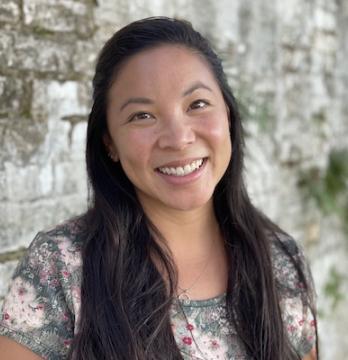
Whitney uses genomics and museum specimens to study evolutionary and adaptive processes in birds. Her research includes color and visual system evolution, phylogenetics, and conservation genomics. She is currently a NSF Postdoctoral Research Fellow...
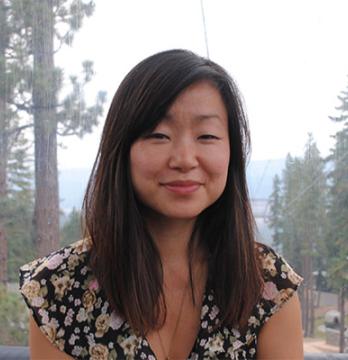
Jenny heads the Moore Lab's outreach activities, planning tours and special events with local schools, collaborators, and the community. She has a background working with environmental NGOs and museums in exhibition programming, event planning, and...
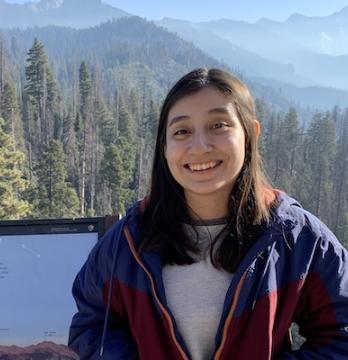
Brenda has experience working with large citizen science datasets and incorporating them into spatial models to understand species distributions over thousands of years. Having recently graduated with her master’s degree from Cal Poly Pomona, Brenda...
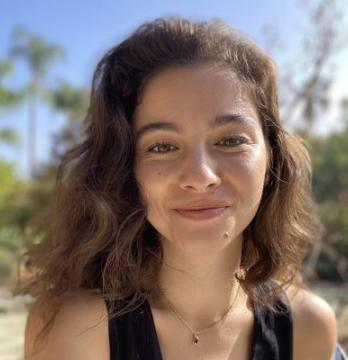
Alana studies the hybridization of two species of Calocitta Magpie-Jays and has been conducting this research since she was a Biology undergraduate at Occidental. She currently assists with collections management and research in the Genomics Center...
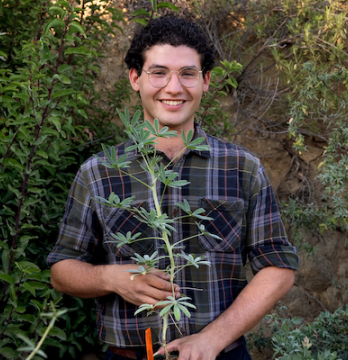
Diego Blanco is a birder and naturalist from Los Angeles, California. He enjoys hiking, camping, and documenting biodiversity through photography and illustration. Diego graduated from Cornell University in 2022 and has worked as an administrative...

